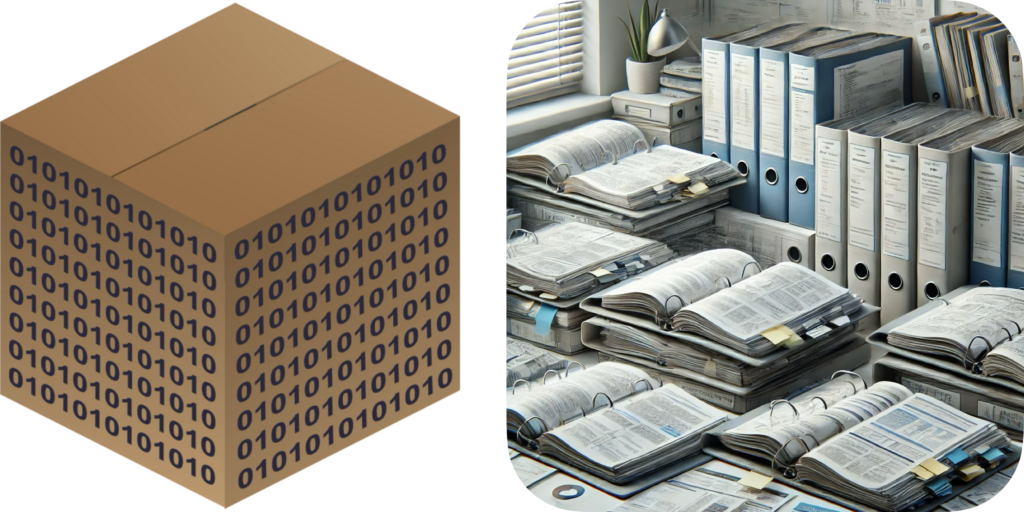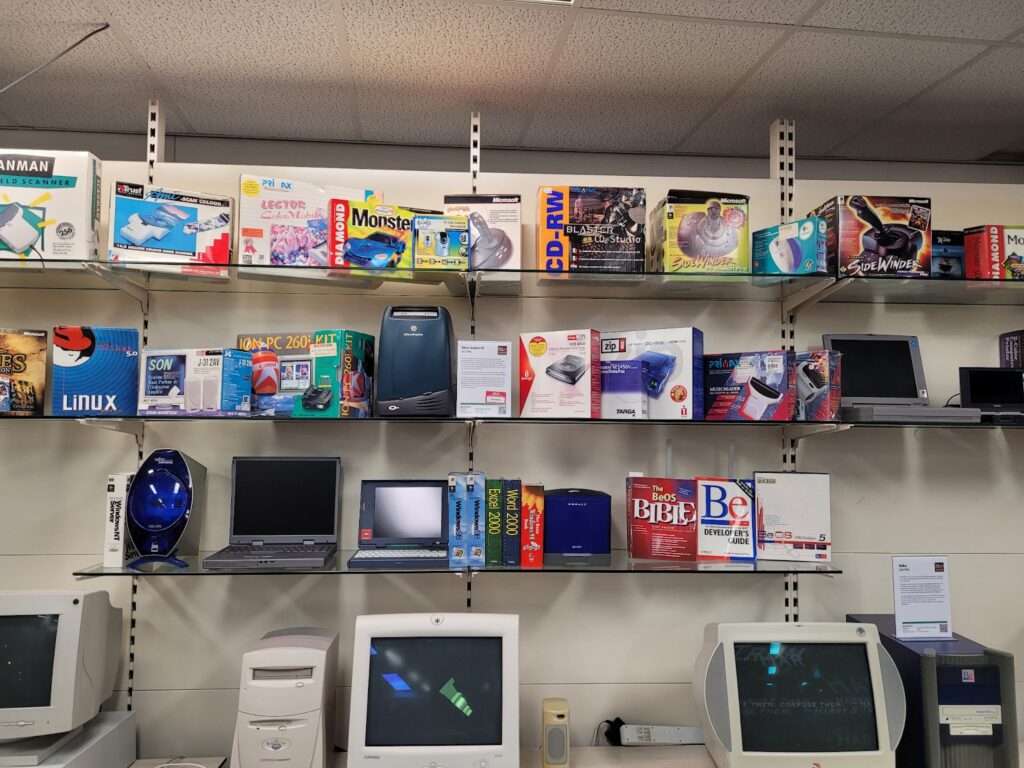Modern, connected teams are moving forward, but governance and procurement are stuck in the past. It’s time to rethink how we buy, implement, and scale technology before organizations fall further behind.
The Future of AI-Driven Teams is Already Here”
We’ve already seen what’s possible when modern, connected teams replace traditional, slow-moving processes.
In a recent AI-driven Hackathon challenge, teams built real, fully functional applications in just days—without massive contracts, RFPs, or multi-year rollouts. Instead of following long procurement cycles, they used modular, API-driven systems.
For owners and leadership teams, this isn’t just about technology—it’s about how entire industries are shifting.
- AI isn’t just making software development faster—it’s transforming how businesses scale their operations.
- Organizations that embrace AI-assisted, system-connected workflows will reduce costs, increase efficiency, and gain a competitive edge.
- But most procurement models are still built around the 1999 mentality—assuming that digital solutions need long contracts, massive upfront investments, and static, locked-down systems.
- This isn’t just a procurement issue—it’s a governance issue. Leaders who fail to recognize the shift toward AI-driven, modular solutions will leave their organizations vulnerable to falling behind.
Teams that embrace modern, API-first, modular solutions are already solving real problems today, while many organizations are stuck in multi-year RFPs for technology that will be obsolete before it’s even implemented.

The Procurement Problem: “Can You Put It in a Box?”
Twenty years ago, I worked with a government agency that was excited about our cloud-based Building Information Modeling (BIM) solution. But they couldn’t buy it.
Why? Because it wasn’t in a box.
I was literally asked, “Can you put it in a box? We can buy boxed software.” That was the procurement model. Buy software like it’s shrink-wrapped, install it once, and hope it works forever.
We refused. The future was always going to be cloud-first, connected, and open. And sure enough, systems that embraced this shift have thrived, while many of those boxed solutions have faded into irrelevance.
But here’s the problem: this mindset never went away. Organizations still treat software and systems like one-time purchases rather than evolving investments. Without a shift in governance strategy, procurement remains a roadblock instead of an enabler of progress.
Too often, organizations still:
- Demand monolithic systems instead of modular, connected solutions.
- Expect a “single pane of glass” or a one-size-fits-all platform.
- Insist on security through outdated policies while running systems full of vulnerabilities.
- Lock in multi-year roadmaps that fail before they even start.
The result? Systems that are obsolete before they go live.
The reality? Locked-down systems don’t evolve. Leadership and governance still demand rigid, legacy procurement approaches while expecting technology to be agile, future-proof, and cost-effective. But handing vendors a bloated requirements spreadsheet and expecting magic doesn’t work.
Instead of getting innovation, organizations are getting locked-in systems that prevent progress.
Procurement models are still structured around buying standalone tools rather than enabling a system-of-systems approach like Digital Twins, which require continuous data exchange and real-time insights.

File-Based Workflows: A 1999 Approach to 2025 Problems
File-Based Collaboration Is Obsolete—Why Are We Still Stuck in 1999?
Organizations claim to be embracing Digital Twins, AI, and modern workflows, yet they’re still managing work as files instead of structured, connected data.
The Real Challenge: Moving Beyond Document-Centric Collaboration
Microsoft has integrated AI and automation into its tools, but many organizations still treat documents as static files, blocking true AI-driven collaboration. But despite these advancements, many organizations remain stuck in a document-centric mindset that limits AI-driven collaboration.
Many Teams users believe they are collaborating in real time because they can chat, use Track Changes, or co-edit Word documents. But this is still just file-sharing—not true system-connected collaboration.
True real-time collaboration isn’t about co-editing Word files—it’s about dynamic, API-connected workflows where automation, real-time data, and teams work together. Modern systems update in real time, automate workflows, and allow teams to work with live, structured data instead of buried files in Teams folders. There are other non-Microsoft solutions that support a more data-centric way of collaboration. The shift away from file-based workflows isn’t just about choosing a different software—it’s about rethinking how collaboration happens entirely.
Instead of working inside locked-down, folder-based systems, modern teams are using cloud-first, API-driven platforms that connect data dynamically across multiple applications. Real-time insights, automated workflows, and AI-driven decision-making are becoming the new standard.
Platforms that enable live collaboration across structured data sources—not just shared documents—are fundamentally changing how teams work. Whether it’s Google’s ecosystem, open-source tools, or emerging AI-powered platforms, the key is to stop thinking about technology as a set of files and start treating it as a continuously evolving network of connected knowledge.
And this is exactly where AI and Digital Twins thrive.
Document-based workflows make AI and Digital Twins nearly impossible to implement effectively, as they require real-time, structured data rather than siloed files. It performs best when it can pull structured data in real time, analyze patterns across connected sources, and generate insights dynamically.
Digital Twins take this even further—acting as a system of systems that connects live data from multiple sources to create a continuously evolving, AI-powered model of reality.
Outdated workflows prevent organizations from leveraging AI-driven, data-connected collaboration. Leaders must ask: Are we enabling transformation or reinforcing obsolete habits?
existed on the Internet starting a decade ago.
AI takes it to another multi-dimensional level:

A conceptual representation of an AI-powered knowledge network, where information is dynamically retrieved and connected across multiple dimensions, forming a vast web of insights. This network transcends the linear progression of the diagrams above by enabling real-time, context-aware insights and decision-making processes.(ChatGPT/DALL·E generated image)
AI is Already Moving Beyond Documents—But Humans Are Not
While humans manually manage files, modern systems are already ingesting them, extracting meaning, and turning them into structured, machine-readable intelligence.
The same files that slow human collaboration are being transformed into AI-driven workflows, real-time decision-making assistants, and dynamic knowledge bases.
And that’s a dangerous place to be. Most people don’t even realize this shift is happening. They assume they’re in control because they’re still managing files manually—but AI is already converting those files into something far more powerful: structured, actionable intelligence.
The longer organizations rely on document-based workflows, the wider the gap grows between how people work and how AI works.
Owners are still asking for the wrong deliverables. Instead of demanding API-driven, AI-ready digital twins, they’re asking for static PDFs, Excel sheets, and locked-down systems that don’t evolve.
This means vendors respond accordingly, selling the same monolithic, outdated solutions.
At SCaLE 22x: Proof That the Future is Already Here
Last week, I attended SCaLE 22x, the largest open-source tech and AI conference in North America, hosted right here in Pasadena. If there was ever a sign that the future is already here, this was it.
I saw firsthand how modern, open-source teams are building real, functional applications in days—not years. Instead of waiting on traditional procurement cycles, these teams are using open-source, API-driven systems that evolve in real-time. This wasn’t just about AI—it was about breaking free from rigid, outdated workflows and embracing open, modular, and connected solutions.
This isn’t theoretical—it’s happening now. And the gap is only widening. This is why leadership—not just IT teams—must lead the shift toward open, scalable, AI-first solutions.
Most of us have seen the meme: ‘AI won’t take your job, but teams using AI will.’
This post isn’t about theory—it’s about those teams. The ones who are building in days what traditional processes take years to deliver. And it’s not just about coding—it’s about how entire teams work. At SCaLE, we saw firefighters, emergency responders, and engineers using AI alongside coders to create better, faster solutions.
What I’ve witnessed recently with AI-driven teams and modern technology has made one thing abundantly clear: It’s not just time for change—it’s way past due.
If procurement, consulting, and technology strategies don’t shift now, they never will.
Conclusion: Shape the Future, Don’t React to It
AI is reshaping industries faster than we imagined. If we don’t adapt now, we risk becoming obsolete.
In my next post, I’ll explore how education, gamification, and AI are changing the way we learn and work with these systems. And we’ll hear from industry veterans who have seen this shift before. Because if we don’t train ourselves to move forward, we’ll be stuck in the past while AI moves ahead without us.
Read Part 1 of this series –The Brain Center at SCaLE: AI Needs Mentors, or We’ll All Be “Whippled”
Read Part 2 of this series –SCaLE(ing) Solutions: A Hackathon That Delivered in Weeks, Not Years



